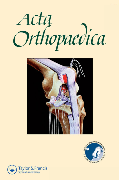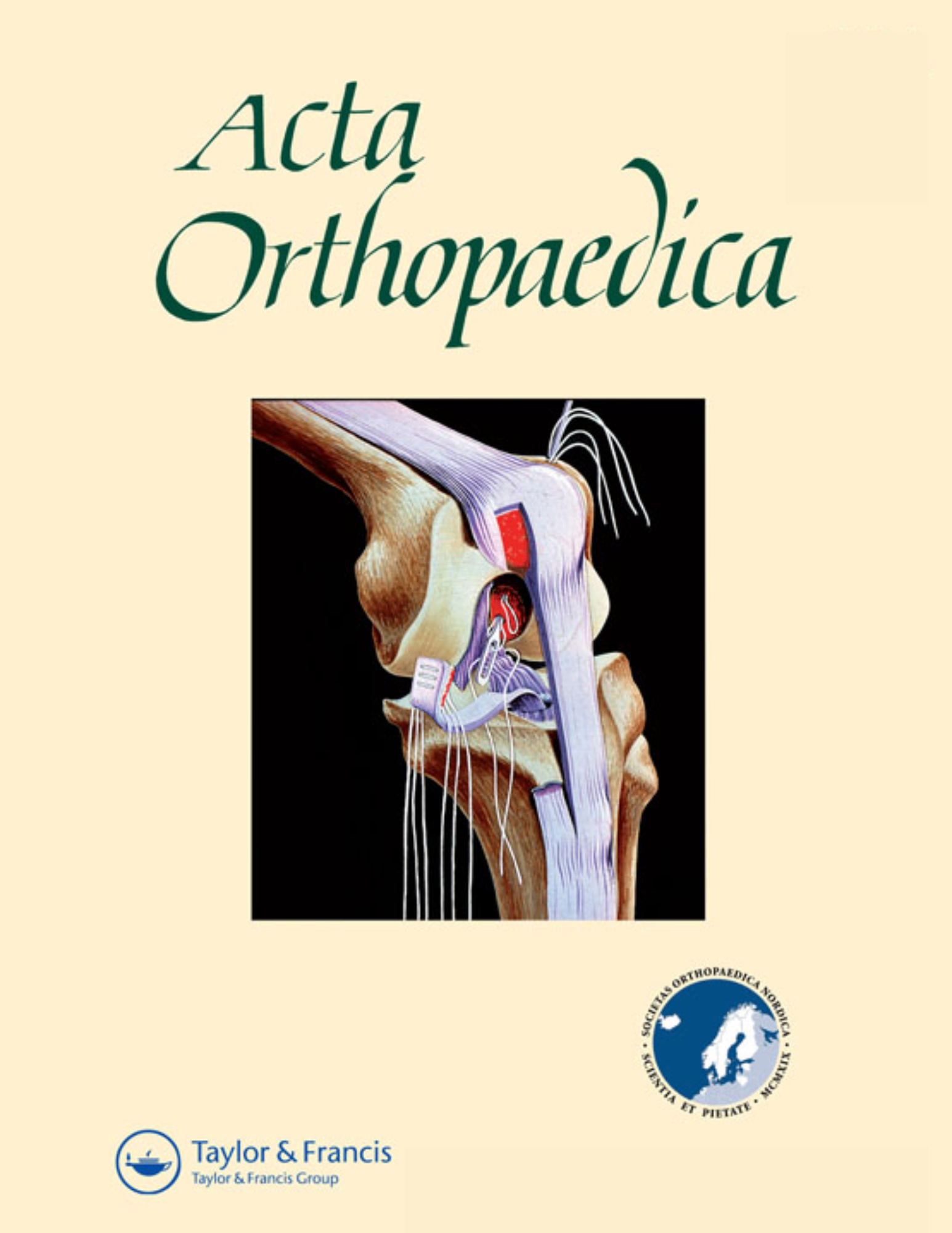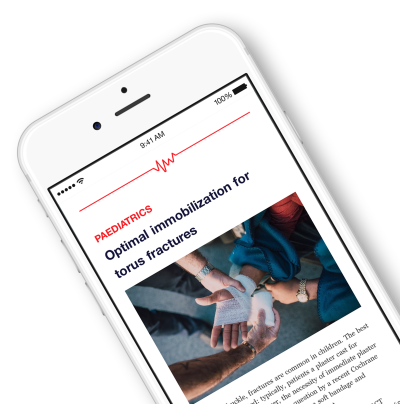
Preoperative dose of etoricoxib reduces postoperative morphine consumption .
Evaluation of a single preoperative dose of etoricoxib for postoperative pain relief in therapeutic knee arthroscopy
Acta Orthop. 2012 Dec;83(6):642-7. doi: 10.3109/17453674.2012.747053. Epub 2012 Nov 9A total of 66 patients undergoing elective therapeutic knee arthroscopy were included in this trial to examine the effects of etoricoxib on post operative analgesia and opioid consumption. Patients received either 120 mg of etoricoxib or a placebo. Over the first 24 hours, the total postoperative morphine consumption was higher in the placebo group (24 mg) than the etoricoxib group (9 mg). The etoricoxib group also demonstrated reduced pain intensity levels at rest and patient satisfaction with the analgesia provided was greater during the first postoperative day.
Unlock the Full ACE Report
You have access to 4 more FREE articles this month.
Click below to unlock and view this ACE Reports
Unlock Now
Critical appraisals of the latest, high-impact randomized controlled trials and systematic reviews in orthopaedics
Access to OrthoEvidence podcast content, including collaborations with the Journal of Bone and Joint Surgery, interviews with internationally recognized surgeons, and roundtable discussions on orthopaedic news and topics
Subscription to The Pulse, a twice-weekly evidence-based newsletter designed to help you make better clinical decisions
Exclusive access to original content articles, including in-house systematic reviews, and articles on health research methods and hot orthopaedic topics
































































